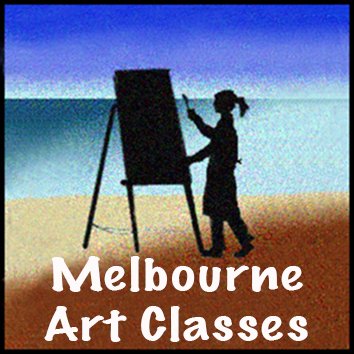Gesture Drawing
A good way to develop a quick sketching technique is gesture drawing, which is very simple and aims to capture the simplistic essence of a figure and its movement. Practising this basic concept helps build confidence in sketching, whether you are interested in continuing to paint figures or not. Many artists warm up with a range of 30-second gesture sketches before carrying out a figure drawing from life. Think of them like dynamic stick figures. In the space below and on A4 cartridge pages (or any scrap paper) practice quick gestural sketches that show movement and proportions only. Use the sketches on this page as a guide. Who said stick figures are not good? They are very good for helping us observe gestures and proportions. Some artists use a more scribbly repetitive approach to gesture practice, it is an individual choice, find the best way for you that allows you to practise the correct proportions, and perspective and show movement all in a very loose way without too much analytical time.
The tips and techniques in this Drawing course are designed to help you develop a range of drawing skills that can be applied in many areas and themes later. You will need specific drawing courses to continue with afterwards to go on with the development in your chosen areas. e.g.. figures, landscapes, streets scapes.
See this example on the left. No details, just ovals and sticks. A more advanced version of gesture scribbles can involve just ovals and circles.
Here the figure is broken down into the main shapes and lines. You have heard people say ' I can’t even draw a stick figure'. They can, they just never tried to before with a simple formula for proportions.
The proportions are basically outlined in this quick gestural process as well, utilising foreshortening as we need to.
This can be done on the fly and 'fleshed out' later if a drawing is to follow. It is a great way to get very familiar with showing the energy, the movement, and the basic shape of a figure.
We are assuming an 8-head high model (although 7 1/2 heads is the average human height, many artists use the 8-head measure, or (9+ for a superhero). Visit this page for some human proportion charts.
Before you start doing gesture lines ( a simple s, c or similar curved shape that estimates the movement of the figure, and after that, gesture scribbles, first practice drawing a line down the page, dividing it into 8 (or 9 - 10 for fashionistas or super-heroes). Use the skeleton illustration on the link above for proportions and practice the sticks and ovals over and over. Then, when you are doing quick scribbly gesture drawings, at least the proportions should come together about right. Sometimes you might have to use any paper you have handy when a spontaneous opportunity arises!! These ones were done on the back of the bank statement, each one took 20 - 30 seconds or so. Figure painters often do many of these as a warm-up when at life drawing sessions with a model.
https://line-of-action.com/practice-tools/figure-drawing
This link is an example of model / pose websites where you can subscribe and practice gesture drawing regularly. (these sites come and go quickly, so if it is gone, google the keywords life drawing poses and maybe there will be a new one.
The more you practice quick gestural sketches of a mannequin or real-life subjects, the easier it will be when you are in front of a moving subject, or a still one for that matter.
This sitting guy will really need you to understand foreshortening (there is a brief section on Perspective later on and an in-depth one available at the online store and also available with the Composition and Design module.)
We have to draw what we really see (not what we think we should see)
eg. his foot (on our left, his right) appears to be nearly double the length of his head. (because of the foreshortening). Our mind doesn't take that idea on face value, tending to 'think' the foot instead of 'see' the foot in it's actual setting.
The running man here is not foreshortened, so each segment of his body will appear in similar proportions to a simple standing man, just in a running position.
Eventually, if figures are of serious interest to you, take a look at the Figure Drawing Course . Learning human proportions and basic anatomical landmarks will be essential if you are to get better quickly. Actually, studying the basic anatomy and behaviour of any new subject is essential to get a good understanding leading to convincing drawings and/or paintings. (not necessarily all of the Latin names, but certainly all of the parts and how they affect the outer shapes, shadows, ‘landmarks’, lumps and bumps.)
Practice quick gesture drawings of these figures above and also take a few opportunities to sketch quick gesture studies of people around you. If you want to optimise this, keep a tiny sketch pad in your bag just for when these spontaneous opportunities arise to practice.
Follow along the sections of the Foundation Drawing Module index, by clicking on each image in the grid
















